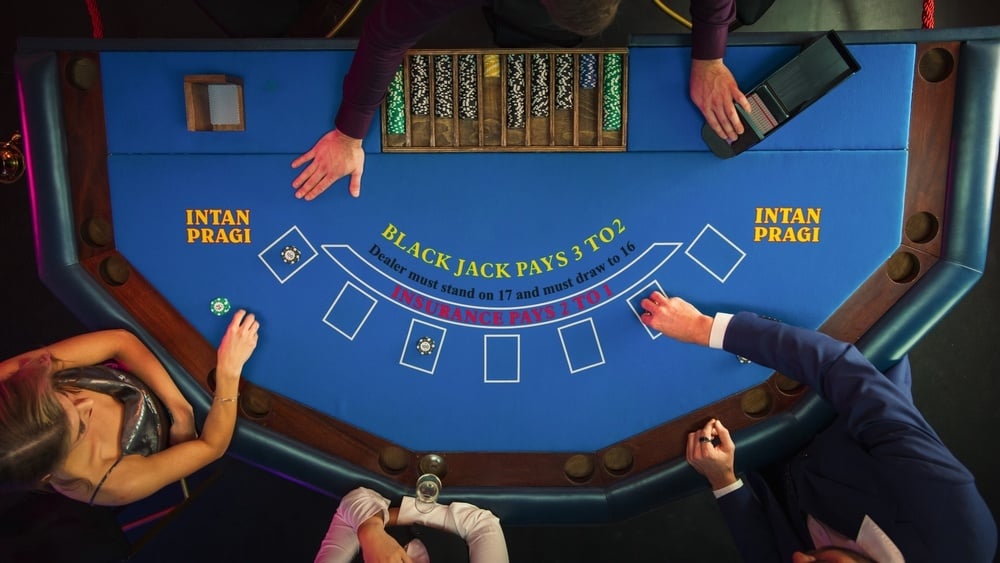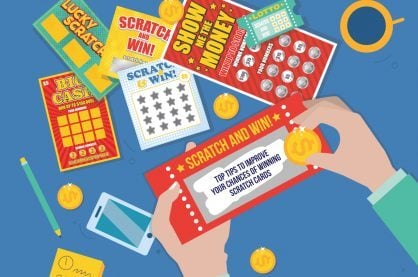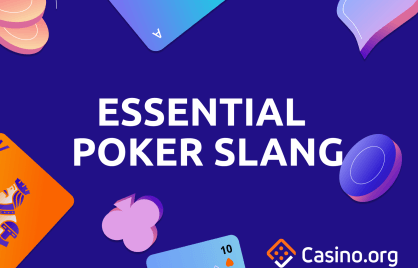How Much Is a Jack Worth in Blackjack? (Card Values Explained)

Summarize this post
How Much Is a Jack Worth in Blackjack: What You’ll Learn in This Guide
In this blackjack guide, you’ll discover:
- 🎴 The exact value of a Jack in blackjack (10 points) and how it compares to other face cards like the Queen and King.
- 🧠 How blackjack card values affect your strategy — including when to hit, stand, or double down.
- 💰 Why Jacks create stronger hands such as hard 20s and 21s, and how to use that edge against the dealer.
- ⚖️ Which blackjack pairs to split or keep together, and why you should never split Jacks or tens.
- 🔢 Advanced tactics involving Jacks — from card counting and deck density to special rules in games like Spanish 21.
🃏 Quick Answer: In blackjack, a Jack is worth 10 points, the same as a 10, Queen, or King. These face cards shape nearly every blackjack hand, helping you build strong totals like 20 or 21 and influencing when to hit, stand, or double down.
In this guide, you’ll learn how much a Jack is worth in blackjack, how card values affect basic rules and strategy, and how to turn that knowledge into smarter decisions at the table.
Blackjack Card Values and Basic Rules (Quick Refresher)
Understanding card values is the foundation of blackjack strategy:
| Card | Value | Notes |
|---|---|---|
| Ace | 1 or 11 | Adjusts to help your hand |
| 2–9 | Face value | Straightforward |
| 10, Jack, Queen, King | 10 | Face cards worth 10 each |
Face card tip: Jacks, Queens, and Kings are interchangeable for value. In basic strategy, treat them all as ten-value cards, and never split tens.
Because so many cards are worth 10, both you and the dealer often finish near 20–21. Understanding the Jack’s value isn’t trivia, it drives your results on every hand.
Why the Jack’s 10-Value Matters in Blackjack Strategy
The Jack’s consistent 10-value has major impact:
- Builds hard 20s and 21s: A Jack paired with another ten-value card makes a hard 20. From a hard 11, drawing a Jack gives you 21—a powerful total, though not a blackjack.
- Boosts double-down hands: Hard 9, 10, or 11 hands rely on tens for profit. Drawing a Jack turns 11 into 21, 10 into 20, and 9 into 19. Ten-heavy shoes make these doubles more rewarding.

Image Credit: Andrew Angelov/Shutterstock
Hard Totals Strategy — Using the Jack’s Value Effectively
When to hit or stand depends on the dealer’s upcard and the density of ten-value cards:
- Hard 12: Hit against 2–3; stand against 4–6; hit against 7–Ace
- Hard 13–16: Stand against 2–6; hit against 7–Ace
- Hard 17 or higher: Always stand
Why this works: When the dealer shows 2–6, they must draw until 17 or higher. In a ten-rich shoe, the same Jacks that could bust you are more likely to bust the dealer instead.
Soft Hands and How Jacks Affect Them
Soft hands include an Ace counted as 11. Because the Ace can drop to 1, you can draw safely, even pulling a Jack:
- Soft 17 (A–6): Usually hit; double against 3–6 if allowed
- Soft 18 (A–7): Double against 3–6; stand against 2, 7, 8; hit against 9–Ace
A single Jack can strengthen soft 18 into a solid total, especially against dealer 4–6. Use that flexibility to double when rules permit.
Pairs, Tens, and Jack Strategy in Blackjack
- Never split tens or Jacks. A hand like J–J (20) is strong—splitting it trades one winning hand for two risky ones.
- Always split Aces and 8s.
- Split 9s selectively. Split against dealer 2–6 and 8–9; otherwise stand.
Advanced note: Card counters sometimes split J–J in rare single-deck, high-count situations, but for most players, standing is always correct.
Blackjack Table Rules That Impact Your Jack Hands
Card values stay constant, but table rules affect your long-term results. Look for:
- 3:2 blackjack payout (avoid 6:5 tables)
- S17 — dealer stands on soft 17
- DAS — double after split allowed
- Late surrender option
Rule reminders:
- No-hole-card (European) rule: The dealer doesn’t check for blackjack until later. Avoid risky doubles against dealer 10 or Ace under these rules.
- Even money = insurance: Decline unless you’re counting; standard payout has better expected value.
- Expected value tip: Choosing 3:2 tables with S17, DAS, and late surrender improves long-term EV significantly.

Image Credit: Andrew Angelov/Shutterstock
Real-Hand Scenarios Using the Jack’s Value
- You hold 10–6 vs. dealer 5 — Stand. Let the dealer risk busting on a ten-value card.
- You hold A–7 vs. dealer 4 — Double if allowed; otherwise stand.
- You hold J–J vs. dealer 6 — Stand; don’t split 20.
- You hold A–9 vs. dealer Ace (insurance offered) — Decline insurance without a counting edge.
- You hold 12 vs. dealer Jack — Hit; treat the dealer Jack like any ten-value upcard.
Advanced Blackjack Strategy — Counting, Psychology, and Variants
- Card counting (Hi-Lo system): Jacks are high cards, valued at –1. A high true count means more Jacks remain, increasing your edge—expect more blackjacks and dealer busts.
- Dealer upcard psychology: A dealer Jack signals strength; assume a hidden ten.
- Jack density: Four Jacks per deck; in six decks, 24 out of 312 cards. Knowing this helps you gauge risk when doubling or buying insurance.
- Variants:
- Spanish 21: 10s are removed but Jacks, Queens, and Kings remain—making each face card slightly more valuable.
- Double Exposure: You see both dealer cards, allowing more aggressive play when their totals are weak.
Common Mistakes with Jacks and Ten-Value Cards
- Calling Ace + Jack a soft 21 (it’s blackjack).
- Splitting tens—breaking 20 lowers long-term profit.
- Not doubling or hitting soft hands when you should.
- Buying insurance “just in case.” Negative EV without a count.
- Ignoring table rules printed on the felt.

Image Credit: Andrew Angelov/Shutterstock
FAQ: Jacks and Face Cards in Blackjack
Q1: How much is a Jack worth in blackjack?
A: A Jack is worth 10 points, just like a 10, Queen, or King.
Q2: Is a Jack considered a face card?
A: Yes. The Jack, Queen, and King are all face cards worth 10.
Q3: Can you split two Jacks in blackjack?
A: Basic strategy says no—stand on 20 rather than risking two weaker hands.
Q4: Does the Jack’s value change in other blackjack variants?
A: In most versions, no. Only in Spanish 21 (where 10s are removed) does the Jack’s relative importance increase.
Summary — The Simple Truth Behind a Jack’s 10
So, how much is a Jack worth in blackjack? Always 10.
That single value builds 20s and 21s, powers profitable doubles, and pushes dealers toward busts when you play correctly.
Remember:
- Treat Ace + ten-value card as a natural blackjack.
- Follow the hard 12 exception (hit vs. dealer 2–3).
- Prefer 3:2 tables with S17, DAS, and late surrender for the best expected value.
Use the Jack’s value not just to count points, but to play smarter and win more often.
Title Image Credit: Andrew Angelov/Shutterstock


